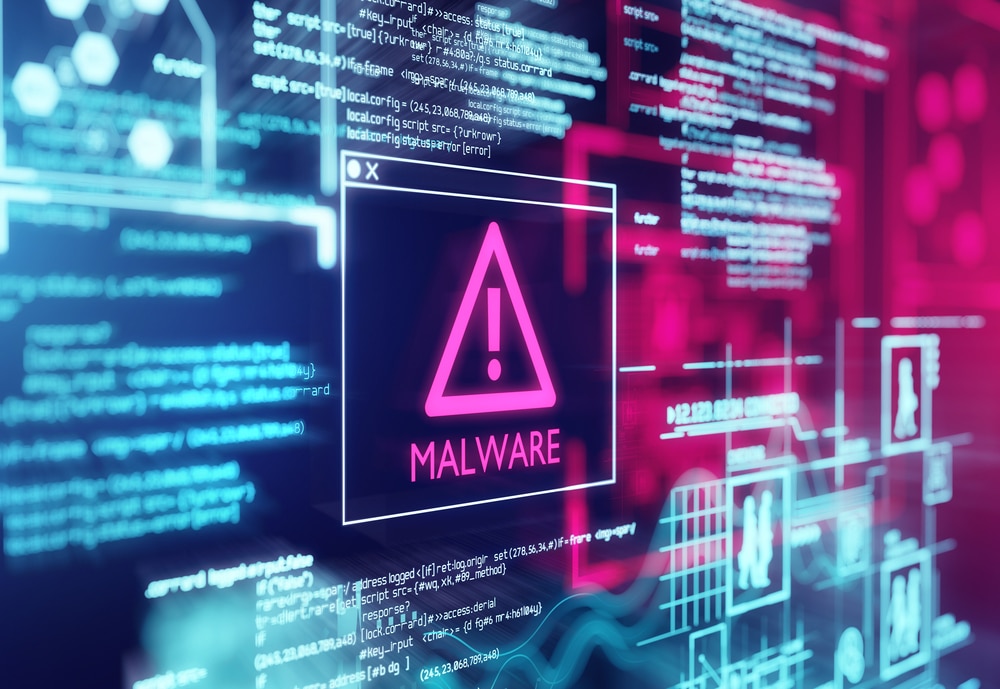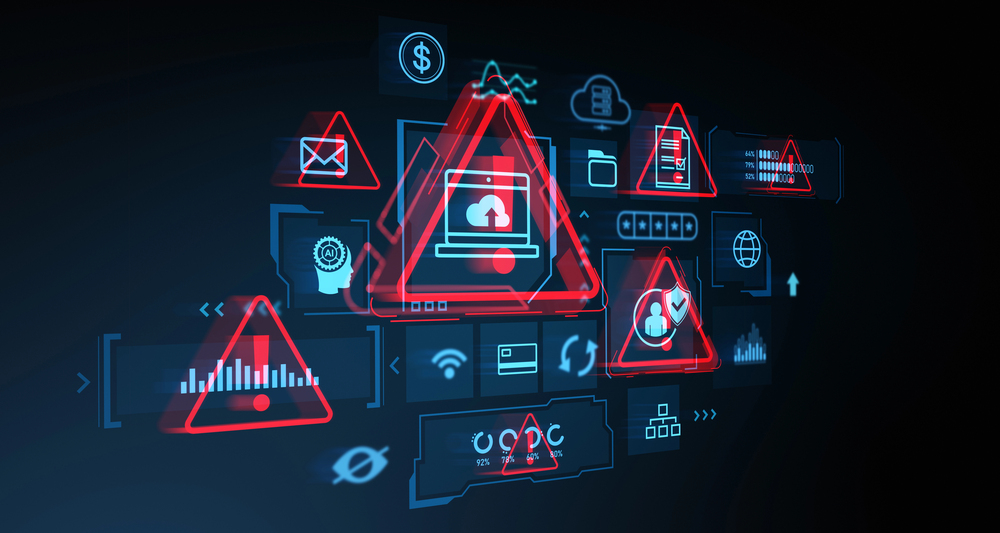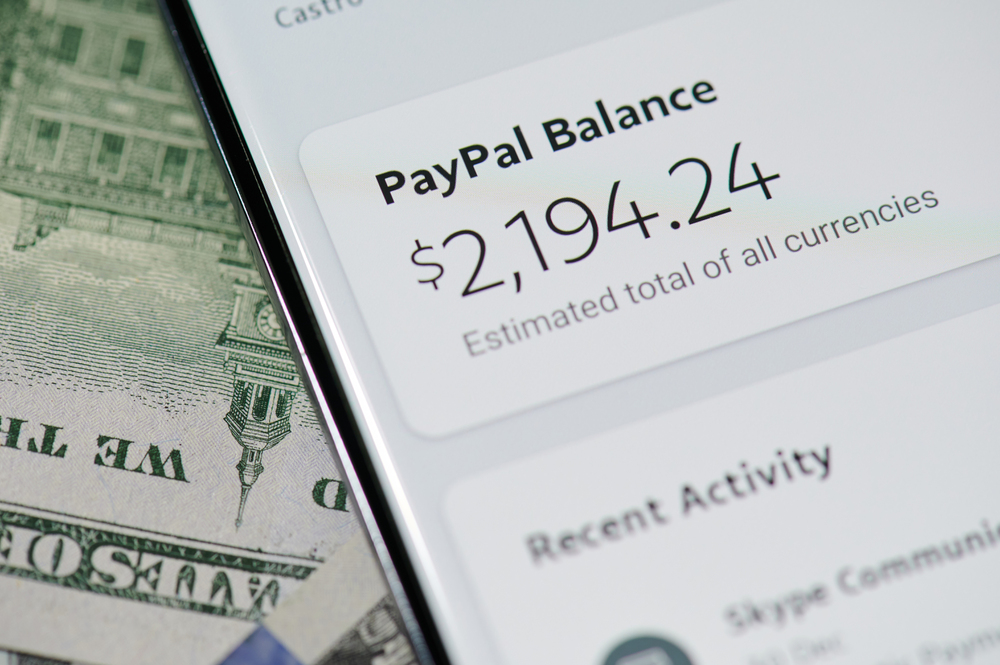
False confidence leaves businesses at risk of phishing scams
While 86 percent of employees believe they can confidently identify phishing emails, nearly half have fallen for scams according to new research from security awareness training company KnowBe4.
The study, which surveyed professionals across the UK, USA, Germany, France, Netherlands, and South Africa, reveals a growing gap between confidence and competence in identifying cyber threats.

Cybercriminals try to cash in with sophisticated tax scams
It's that time again, as we approach the end of the tax year scammers are seeking to cash in with a raft of phishing emails, deepfake phone calls, and fake tax prep websites.
New research from McAfee shows 23 percent of Americans say they or someone they know has lost money to a tax scam and 61 percent of victims have lost more than $1,000.

Third-party risk is biggest cybersecurity blind spot
Third-party risk has emerged as a dominant driver of cyber insurance claims and material losses in 2024, according to new data from leading cyber risk solutions company Resilience.
Cyber insurance claims data shows that third-party risk, including ransomware and outages affecting vendors, accounted for 31 percent of all claims in 2024. Even more startling, third-party risk led to claims with incurred losses for the first time ever, making up nearly a quarter (23 percent) of incurred claims in 2024 (compared to none in 2023).

Mobile-first phishing attacks surge as specific capabilities are targeted
As organizations increasingly rely on mobile devices for business operations, including multi-factor authentication and mobile-first applications, mobile phishing poses a severe risk to enterprise security.
New research from Zimperium's zLabs shows a surge in mobile-focused attacks, dubbed 'mishing', activity peaking in August 2024 with over 1,000 daily attack records. These attacks are specifically designed to evade desktop security measures, executing only on mobile devices.

Punycode: The invisible cyber threat hiding in plain sight
The internet was conceived to connect the world, and internationalized domain names (IDNs) have certainly helped make that vision a reality. By allowing non-ASCII characters in web addresses, they’ve been pivotal in improving both accessibility and inclusivity.
As with any technological breakthrough, cybercriminals have found a way to turn innovation into exploitation. By using Punycode, a system for encoding IDNs, attackers have been able to create their own deceptive domains to mimic trusted brands and evade traditional security defenses to fool even the most wary users.

Malware-as-a-Service accounts for 57 percent of all threats
A new report from Darktrace reveals that Malware-as-a-Service (MaaS) is now responsible for 57 percent of all cyber threats to organizations, a 17 percent increase from the first half of 2024.
The use of remote access trojans (RATs) has also seen a significant increase in the latter half of last year, representing 46 percent of campaign activity identified, compared to only 12 percent in the first half.

A new age of fraud: building resilience against adversary-in-the-middle attacks
From phishing scams to business email compromise, fraud is continually evolving and cybercriminals are using increasingly refined tactics to exploit vulnerabilities. Adversary-in-the-middle (AiTM) attacks are also rapidly emerging as an advanced technique that poses pervasive physical and digital risk across industries. In fact, recent research shows a 46 percent increase in AiTM attacks compared to 2023.
Staying ahead of these tactics is increasingly important as fraud becomes more complex. Before we delve into how to actively prevent fraud, we need to firstly explore the nature of AiTM attacks and then look at what’s fueling this increase in fraudulent activity.

The security threats organizations are most concerned about [Q&A]
The cybersecurity landscape is constantly evolving and organizations need to stay up to date if they're to adequately protect themselves.
At the end of last year, O'Reilly released its 2024 State of Security survey, which analyzes the threats that concern frontline practitioners most, the projects they're implementing to safeguard systems and infrastructure, the skills companies are hiring for, and more.

The rise of adversarial AI threatens smaller organizations
Email remains a vital channel for business communications, but the availability of easy-to-use AI tools makes protecting the inbox a challenge as it's easier than ever for cybercriminals to launch sophisticated attacks.
A new report from Abnormal Security charts the rise of adversarial AI which has seen a 54 percent year-on-year rise in business email compromise attacks.

Phishing up almost 50 percent since 2021 with AI attacks on the rise
The latest Phishing Trends Report from Hoxhunt -- based on a global sample size of 2.5 million email users, 50 million phishing simulations, and millions of real phishing attacks -- shows a 49 percent increase in phishing since 2021, driven partly by the rise of blackhat AI.
Among the findings are that between 0.7 percent and 4.7 percent of reported phishing attempts are written by AI. This may seem low but to put it into context numbers of AI phishing attempts were negligible six months earlier. Highly targeted, AI-enabled spear phishing attacks with multiple links in the kill chain are on the rise.

Phishing-as-a-Service kits see a surge as threat actors target weaknesses
A new report from LevelBlue reveals an increase in the use of Phishing-as-a-Service (PhaaS) kits, with business email compromise (BEC) remaining the most common form of
attack.
Because PhaaS kits are increasingly accessible, it's easier for threat actors to carry out advanced phishing attacks with minimal technical knowledge. According to the LevelBlue Threat Trends Report, there's a new PhaaS, known as RaccoonO365, on the block too. This kit uses methods that can intercept user credentials and multi-factor authentication (MFA) session cookies to bypass these common defensive measures.

Deepfakes, workforce fraud and phishing incidents on the rise across businesses
Half of businesses have reported a growth in deepfake and AI-generated fraud, alongside rising biometric spoofs and counterfeit ID fraud attempts, according to the 2025 State of Identity Fraud Report, released today by AuthenticID.
The report analyzes internal proprietary data anonymized from AuthenticID's identity verification and fraud detection technology. When paired with insights from annual fraud surveys of both fraud and technology professionals as well as consumers in North America, the report offers a comprehensive view of the fraud landscape.

Threat actors move from email to browsers
New research from the eSentire Threat Response Unit (TRU) shows a shift towards browser-based threats last year as more traditional email malware declines.
Moving onto 2025 the report predicts an increase in politically motivated cyberattacks, with adversaries disrupting the physical infrastructure of the Internet to disrupt internet access. It also expects we’ll see continued growth in ransomware attacks against all industries, abuse of certificate authority, and further increase in browser-based threats to deploy malware.

Clever PayPal attack dodges phishing checks to take over accounts
Research by Fortinet has uncovered what it terms a 'phish-free' PayPal phishing attack that seeks to trick the unwary into giving up control of their account.
It starts with an email request for payment that appears to come from a valid email address. Click the link and you're taken to a PayPal login page showing a request for payment. This is where it gets clever because if you do login your account gets linked to the address the email was sent to -- not the one you received it on.

Operational tech under attack, deepfake phishing and learning to use passkeys -- cybersecurity predictions for 2025
With a constant power struggle between attackers and defenders cybersecurity is a fast-moving area. That makes it notoriously hard to predict what might happen, but that doesn't stop us trying. Here are what some industry experts think the cybersecurity world has in store for 2025.
Sasha Gohman, VP, research at Cymulate, thinks ransomware will become obsolete. "Ransomware may become obsolete due to the fact that decrypting your important files may become a feasible task with quantum computing. On the other hand, ransomware operators may then choose to encrypt your important files with quantum-resilient encryption."
